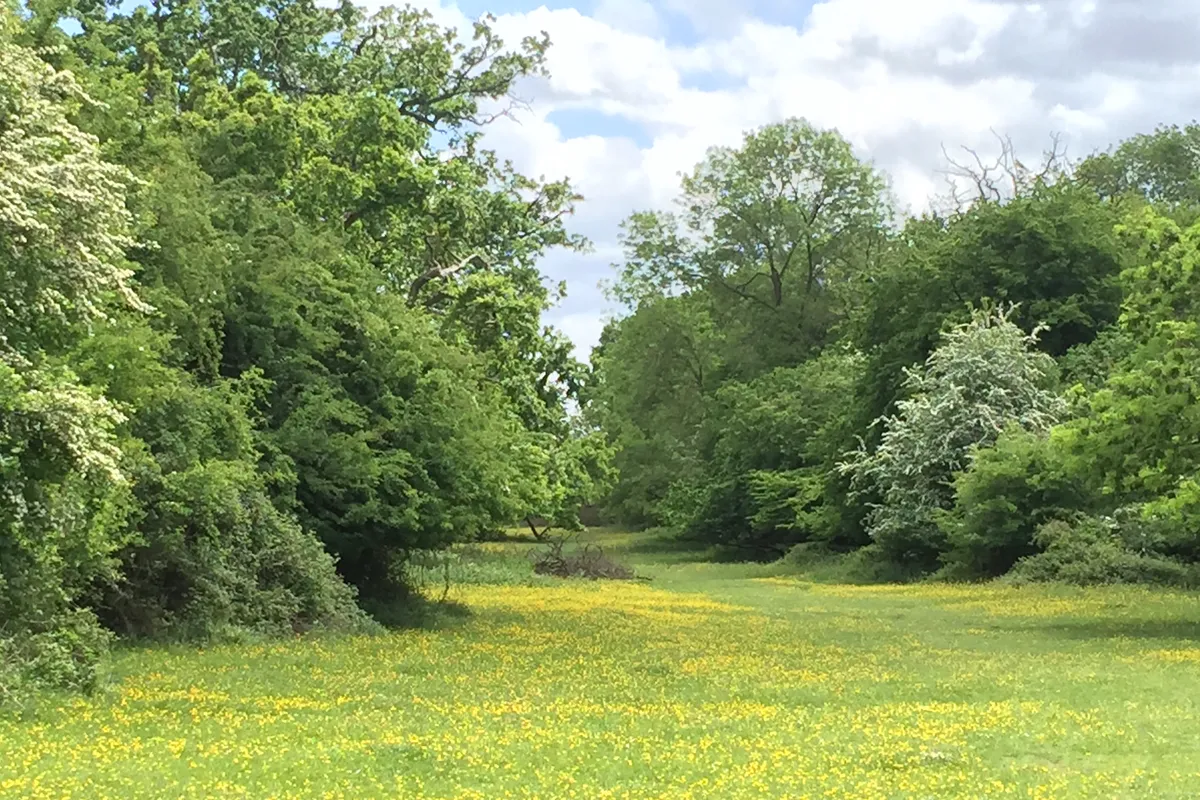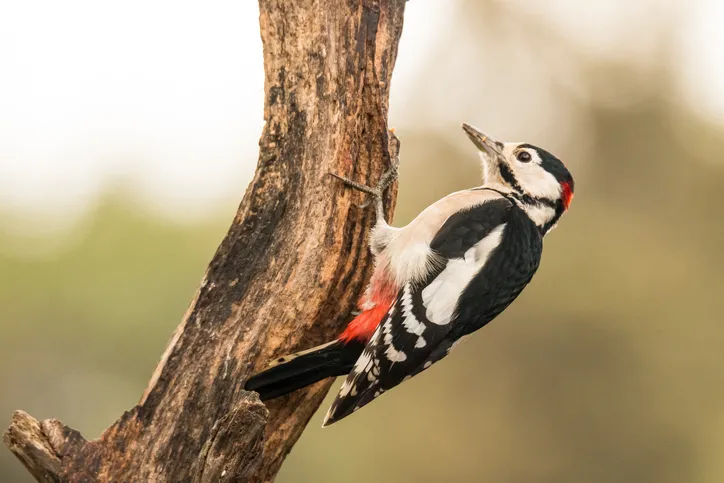Among the oldest hunting woodlands in Europe, Hatfield Forest is home to spectacular ancient trees and wildlife. There are a range of tracks that meander past the lake and through the leafy forest, with Iron Age settlements, grassy meadows and ancient habitats to explore.
The 424 hectares of medieval woodland boast an extraordinary wealth of wildlife, including green and great spotted woodpeckers, badgers and muntjac deer. The lake, surrounded by dense greenery and lush marshes, attracts nesting terns in spring, and great crested grebes.

But perhaps the forest’s biggest wildlife attractions are the magnificent herds of fallow deer, some of which are descended from the original herd introduced to the forest by Henry I in the 12th century. You should be able to catch a glimpse of these shy animals in herds of up to 40 on the wide, open glades.
Royal roots Created as a royal estate by William the Conqueror, Hatfield Forest was developed as a hunting park by Henry I in the 12th century. By 1737, the forest, as part of Hallingbury Estate, found its way into the hands of the Houblon family, who created the lake. The young Laetitia Houblon was responsible for decorating the lakeside Shell House, which is encrusted with delicate shells imported from the West Indies.
Yews, horse chestnuts and black pines were also planted in the forest, to accompany the well-established oak trees.
Some of the gentle giants are 1,200 years old, making the pollarded trees in the open parkland seem young at 600. The mossy, twisted tree roots claw at the rich smelling, damp earth where rabbits have been digging. The oldest oak in the forest can be found erupting from the creeping undergrowth in Collins Coppice.

Rabbit catcher
The former route from Essex to London passes through Hatfield Forest, and is now an open stretch of parkland called London Road. Portingbury Hills is another area worth exploring – the low mounds and ditches are the remains of a small Iron Age settlement. Meanwhile, The Warren, sitting to the west of the lake, is a 17th-century rabbit warren and lodge, formerly occupied by the onsite rabbit breeder, who would have provided the rabbit meat and fur for the wealthy estate owners.
Hatfield Forest is still an important working forest today, providing venison, timber and grazing land. But the weathered trees are an attraction in their own right. Their ancient trunks, coiled roots and wonderfully climbable structures have lived through centuries of human history.
If trees could talk, just think of the stories they could tell.
Useful Information
Follow routes to Stansted Airport on the M11 or A120. Continue to the last roundabout before the terminal building, then follow signs to Takeley. Hatfield Forest is signposted from there onwards.
Hatfield Forest near Bishop’s Sortford 01279 874040 www.nationaltrust.org.uk/hatfieldforest
Forest Café, Hatfield Forest 01279 874040
www.nationaltrust.org.uk/the-forest-cafe
Serves seasonal, local produce, including venison from the forest.
The Duke’s Head, High Street, Hatfield Broad Oak,
CM22 7HH 01279 718 598
This real ale pub serves traditional favourites with a gourmet twist.
Little Hallingbury Mill Old Mill Lane, Gaston Green CM22 7QT
01279 726554
This riverside Grade II-listed building has views of water meadows, bridged streams and a narrowboat marina.